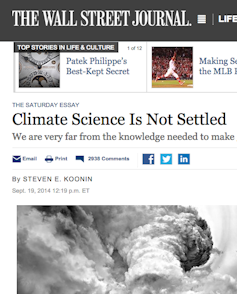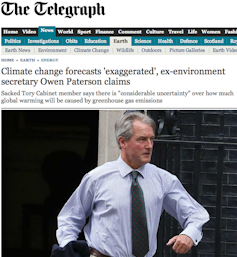This blog was written by Daniela Patti (Eutropian) and edited by Amanda Woodman-Hardy (@Enviro_Mand) and Professor Rich Pancost (@rpancost) from Cabot Institute for the Environment.
In order for European territories to be more environmentally and socially sustainable the involvement of citizens is key. Experiences throughout Europe show us that developing strategies to improve the engagement, collaboration and communication with local stakeholders – across diverse realms and thematic domains – is essential to ensure an effective outcome. During European Green Week, a workshop organised by DG Environment, was conducted to showcase some inspirational experiences in terms of sustainable urban development, health and waste management from different European cities.
Speakers included Mauro Gil Fournier (Estudio SIC), Professor Rich Pancost (Director of University of Bristol Cabot Institute for the Environment), Silvia Moroni (AMAT), Paola Robalo (Centro Ciência Viva do Alviela), Sietse Gronheid (Wasted Social Enterprise) and Igor Kos (City of Maribor).
 |
| Rich Pancost speaking at EU Green Week. Image credit BristolBrussels. |
[Rich Pancost contributed on a variety of issues, largely arising from Cabot Institute and Bristol City engagement, but spoke primarily about the Green and Black Conversation and Ambassadors programme. He emphasised the importance of engaging with marginalised groups, the fact that they have much to teach ‘established’ organisations, and the fact that inclusion requires far more than good will but hard work and appropriate financial investment.]
There was much feedback from the workshop as to how citizens could help to shape green cities which included:
- We need to consider different levels of citizens’ involvement: consultation, participation, co-creation. For this reason we always have to consider who is involved and who is excluded from every process.
- People are involved in topics they care about, so in order to get out of our elitism we need to address issues that really matter to most people, especially those people that are often not actively engaged. This is what was experienced by the Green and Black Ambassadors during the Bristol Green Capital year, where a community radio station with a focus on the local African-Caribbean community (Ujima Radio) framed environmental discussions and training around the perspectives of local community members.
- Topics such as air quality, circular waste management or water pollution are hard topics to get people involved in, whilst topics such as food or green spaces are often more recognised by people because the feel ‘closer’. For this reason Milan, which is taking part in the Air Quality Partnership of the EU Urban Agenda, is working on developing an Action Plan that will actively address citizens’ involvement through a concrete toolkit.
- For people to be engaged we need to involve them throughout the process and not just at the end to show the results. This is what has been experienced in Portugal by the Science Centre in Alcanena that is involving the local community in monitoring water quality, polluted by the local industry, in order to understand the roots of the problems and develop together possible solutions.
- In order to get people involved in long term change we need to deliver short and medium term results that they can appreciate. This is what is being done in Maribor, that is developing a long term circular economy strategy and is creating festivals, schools events and fairs to get people involved and experience some of the changes taking place in the waste, such as for the biological waste turned into compost for community gardens.
- Participatory processes that really get people committed, beyond a consultation, require people with professional skills of moderation and community engagement, which should therefore also be economically remunerated in order to ensure long term commitment. This is what is experienced by in Amsterdam, where through the Wasted project circular waste cycles are an opportunity to create complementary currencies in partnership with local enterprises. The same is true for engaging with marginalised groups who have to sacrifice precious time to contribute; we cannot extract free labour from anyone but especially groups that are already marginalised by structural inequities.
- For environmental and societal transition to take place we need to ensure that it also affects economic and financial models in an inclusive and participatory way, otherwise large parts of our society will keep being left out. This is what has been done in Madrid through the MARES project that develops social economy cooperatives around sustainable mobility and energy production.
- Skills around social media and communication tools need to be addressed in order to reach out to people, yet they might be more effective tools for consultation rather than co-creation.
——————————–



